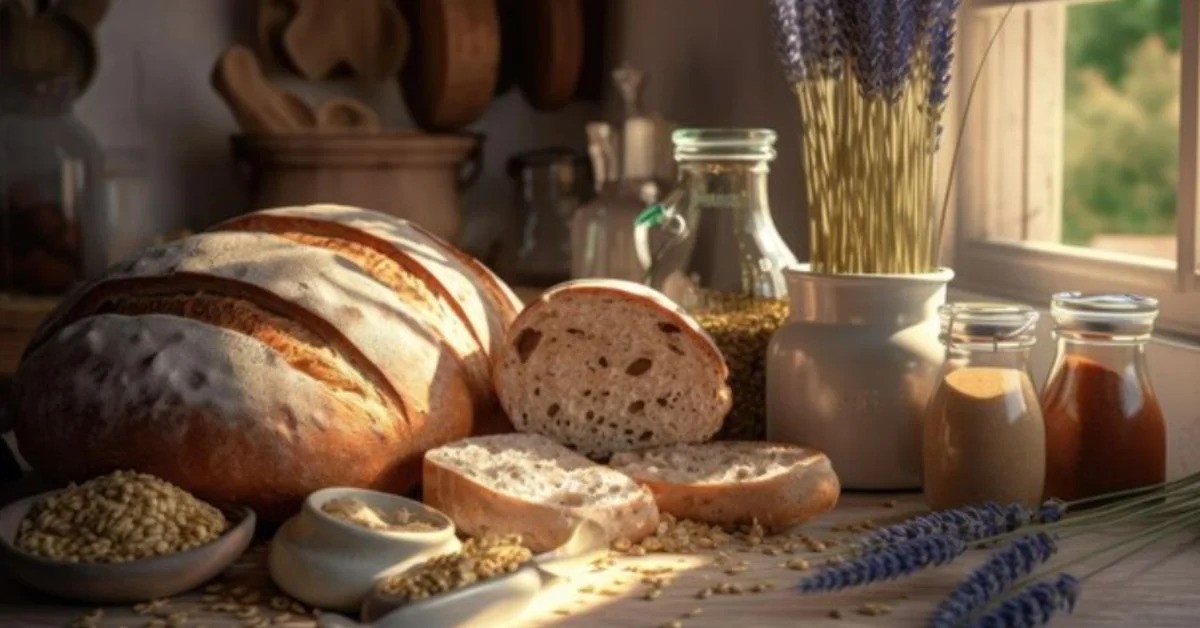Glútem a protein found in wheat, barley, and rye, has gained significant attention in recent years due to its association with various health conditions. From gluten intolerance to the free diet trend, there’s a lot to unpack when it comes to this controversial protein. In this comprehensive guide, we’ll delve into the world exploring its role in our diets, its effects on health, and how individuals with related issues can navigate their way to better well-being.
Understanding glútem:
Glútem is a composite of two proteins, gliadin, and glutenin, found in grains such as wheat, barley, and rye. It gives dough its elasticity, helping it rise and maintain its shape during baking. This property makes it a staple ingredient in many baked goods and processed foods.
The glútem Intolerance Spectrum:
Glútem intolerance refers to a range of conditions triggered by the consumption of gluten. At one end of the spectrum lies celiac disease, an autoimmune disorder where consumption damages the small intestine, leading to malabsorption of nutrients and various symptoms ranging from digestive issues to skin problems.
Non-celiac gluten sensitivity (NCGS), on the other hand, is a condition characterized by similar symptoms to celiac disease but without the intestinal damage. Individuals with NCGS experience gastrointestinal distress, fatigue, headaches, and other symptoms after consuming gluten-containing foods.
Symptoms of glútem Intolerance:
Symptoms of gluten intolerance can vary widely among individuals. Common symptoms include:
- Digestive issues like bloating, gas, diarrhea, and constipation
- Fatigue and brain fog
- Headaches and migraines
- Joint pain
- Skin problems such as eczema or dermatitis herpetiformis
- Mood disturbances like depression and anxiety
The glútem-Free Diet:
The primary treatment for gluten-related disorders is adopting a gluten-free diet. This involves eliminating all sources of gluten from one’s food intake. While this may seem straightforward, it can be challenging, as gluten hides in many unexpected places, including sauces, condiments, and processed foods.
glútem -Free Foods:
Fortunately, there is a growing market for gluten-free alternatives to traditional wheat-based products. Some popular gluten-free foods include:
- Gluten-free grains like quinoa, rice, and corn
- Legumes such as lentils, chickpeas, and beans
- Nuts and seeds
- Fruits and vegetables
- Gluten-free flours like almond flour, coconut flour, and tapioca flour
Navigating the glútem-Free Aisle
When shopping for gluten-free products, it’s essential to read labels carefully and look for certified gluten-free symbols. Cross-contamination can occur in facilities that process both gluten-free and gluten-containing products, so it’s crucial to choose products from trusted brands.
Glútem-Free Baking and Cooking
Adapting to a gluten-free diet doesn’t mean giving up on delicious baked goods and home-cooked meals. With the right ingredients and recipes, it’s possible to enjoy gluten-free versions of your favorite dishes. From gluten-free brownies to pizza crusts made from cauliflower or chickpea flour, the options are endless.
Glútem in Hidden Sources
While avoiding obvious sources of gluten is relatively straightforward, it’s essential to be aware of hidden sources of gluten. Some products may contain gluten under different names or as additives. Common hidden sources of gluten include:
- Soy sauce
- Salad dressings
- Soups and broths
- Processed meats
- Medications and supplements
Health Effects of glútem
For individuals with gluten-related disorders, eliminating gluten from their diet can lead to significant improvements in health. Digestive symptoms often subside, energy levels increase, and overall well-being improves. However, it’s essential to ensure proper nutrition while following a gluten-free diet, as eliminating gluten-containing grains can lead to deficiencies in certain nutrients like fiber, B vitamins, and iron.
Glútem Supplementation and Alternatives
For those who must avoid gluten due to intolerance or celiac disease, there are gluten-free alternatives and supplementation options available. Gluten-free grains like rice, quinoa, and millet can provide essential nutrients while avoiding gluten. Additionally, there are gluten-free versions of many staple foods, such as pasta, bread, and cereal, made from alternative flours like rice flour, almond flour, or tapioca flour.
Oats and glútem Contamination
While oats themselves do not contain gluten, they are often processed in facilities that also handle wheat, barley, and rye, leading to potential cross-contamination. For this reason, individuals with gluten intolerance or celiac disease should opt for certified gluten-free oats to avoid any adverse reactions.
The Importance of Celiac Disease Care
Celiac disease is a lifelong condition that requires ongoing management and care. Beyond adhering to a strict gluten-free diet, individuals with celiac disease may need to undergo regular check-ups and screenings to monitor their condition and ensure optimal health.
Barley and Other glútem-Containing Grains
Barley, along with wheat and rye, is one of the primary sources of gluten in the diet. It’s commonly found in products like bread, beer, and certain cereals. Individuals with gluten intolerance or celiac disease must avoid barley and barley-derived ingredients to prevent adverse reactions.
Conclusion
Glútem plays a significant role in many people’s diets but can also be the source of health issues for those with gluten-related disorders. By understanding the effects of Glútem on the body, identifying symptoms of intolerance or celiac disease, and adopting a Glútem free diet when necessary, individuals can take control of their health and well-being. With proper education, support, and access to gluten-free alternatives, living a gluten-free lifestyle can be manageable and rewarding.
























+ There are no comments
Add yours